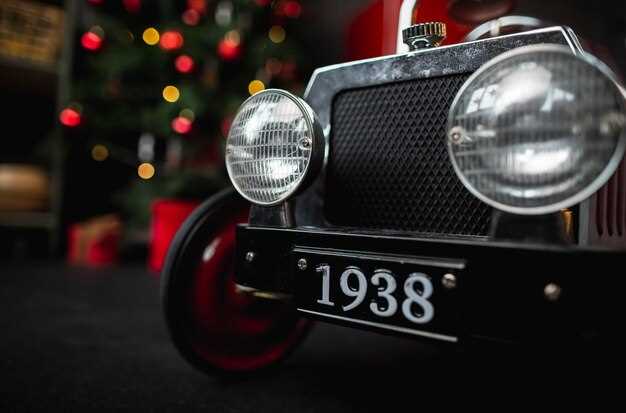
Participating in classic car shows is more than just showcasing a prized vehicle; it’s about the art of presentation and understanding the criteria for winning awards. To emerge victorious, it is essential to focus on details that judges prioritize when assessing entries. Knowing what to highlight in your car and how to effectively present it can significantly improve your chances of winning.
With a plethora of competitors vying for attention, having solid tips at your disposal can make a world of difference. This article will explore essential strategies for preparing your car for the show, from meticulous cleaning and restoration work to understanding the judging process. Whether you’re a seasoned participant or a newcomer hoping to earn your first award, these insights will help position your classic car for victory.
Winning isn’t just about having a beautiful car; it’s also about creating an engaging story that resonates with judges and attendees alike. This means taking the time to connect with the history of your vehicle and presenting it in a way that captivates the audience. Join us as we delve into the key tips that will steer you toward classic car show success.
Preparing Your Classic Car for Judging Criteria
To increase your chances of winning at classic car shows, it is essential to prepare your vehicle according to established judging criteria. Judges typically evaluate several key aspects including overall condition, authenticity, and presentation. Start by thoroughly cleaning your car, both inside and out. Pay special attention to the engine bay, undercarriage, and wheel wells as these areas often determine the overall impression.
Next, ensure that your classic car’s paintwork is in pristine condition. Consider applying a high-quality wax to enhance the finish and provide a deep shine. If there are any imperfections, such as scratches or chips, address them before the show. Authenticity is often a crucial judging factor, so verify that all parts, accessories, and decals reflect the vehicle’s original specifications. If aftermarket components were installed, be prepared to justify their inclusion.
Attention to detail is vital in the interior as well. Clean and condition all surfaces, including leather, vinyl, and carpets. Ensure that the dashboard is free of dust and that all gauges and lights function correctly. Judges will assess the presentation of your car, so consider how it will appear on the day of the show. Use quality mats and cover any inconspicuous items that may detract from the overall look.
Lastly, familiarize yourself with the judging criteria specific to your class and category. Engage with past winners or show participants to gain insights into what has impressed judges in the past. By aligning your preparation with these criteria, you’ll enhance your likelihood of winning at the show.
Showcasing Your Car: Presentation and Detailing Techniques

To make a lasting impression at a classic car show, effective presentation and meticulous detailing are essential. Here are some tips to enhance your vehicle’s appeal.
First, start with a thorough cleaning. Wash your car to remove any dirt and grime, paying special attention to areas where dust accumulates. Use non-abrasive cleaners that are specifically designed for automotive surfaces.
Next, focus on detailing the interior. Vacuum the seats, carpets, and mats to eliminate debris. Wipe down surfaces with appropriate cleaners; this will enhance the overall look and feel of the car’s interior.
Polishing the exterior of your car can significantly enhance its shine. Select a quality polish suitable for your vehicle’s paint type. Apply it evenly, using circular motions for best results.
Don’t neglect the wheels and tires. Clean and detail them separately for a polished appearance. Tire dressing can give the tires a clean and vibrant look, complementing the overall presentation.
Consider the show setup. Use a proper platform or mat underneath your car to create an appealing display. Ensure that your vehicle is positioned in a well-lit area for optimal viewing.
Lastly, prepare informative materials such as a brief history of the car and details about its restoration. This can engage the audience and provide context for your vehicle during the show.
Engaging with Judges and Fellow Participants

Winning a classic car show award often hinges on the relationships you build during the event. Engage actively with the judges by approaching them with a friendly demeanor. Share interesting stories about your car’s history and any unique modifications you’ve made. This creates a personal connection that can leave a lasting impression.
Additionally, don’t underestimate the value of networking with fellow participants. Building camaraderie can lead to valuable tips and insights. Complimenting another participant’s car display can foster a supportive environment. Many winners have found success not just through their vehicle’s appearance, but through the relationships formed at the show.
Participate in discussions and ask questions about other vehicles. This shows judges your enthusiasm for classic cars and enhances your own knowledge. Judges appreciate participants who demonstrate passion and a deep understanding of the car culture.
Finally, be respectful, both in victory and in defeat. Congratulating fellow winners fosters goodwill and may open doors for future opportunities. Remember, every interaction counts, and taking the time to engage can significantly enhance your chances of winning at a classic car show.




